By Licia Walsworth — Communications Strategist travel
What may have started as a year full of excitement about cruises to tropical islands, getaways to the mountains, or first trips to magical theme parks has deflated into canceled plans, disappointment, and postponed dreams for travelers. travel
But that doesn’t mean all hope is lost for travel brands.
The spirit of travel is ingrained in us. Being confined for too long takes its mental and physical toll.
According to a recent Destination Analysts survey, almost half of American travelers are open to receiving news and updates about exciting travel destinations. People crave the mental break of reminiscing about places they have visited or dreaming of places they still want to go.
By adopting what is working in today’s unfamiliar travel PR and marketing territory, your brand could still find its voice and have it stand out over the crowd.
1. Silence Is Not Golden travel
The knee-jerk reaction of most brands was to halt all advertising and social media posts immediately. These companies perceived it as the only way to survive. But silence is not always golden. Skift.com recently highlighted how Booking Holdings and their sub-brands (like Booking.com and Agoda) successfully increased their market share over other travel companies, simply by staying the course. Consumers continued to see their advertising — and reacted with their wallets. In the grand scheme of things, Booking Holdings’ overall revenue was down, as it was for most travel brands during this time, but they grew their market share on Trivago from 39% to 54% year over year.
What’s the lesson? You may not be able to grow your market but you can take market share from your competitors and be better positioned as the market recovers. Wouldn’t we all like to see our share of the proverbial pie grow in those kinds of increments? As the age-old saying goes, out of sight, out of mind.
2. The Open Road Is Calling travel
In the same Destination Analysts survey, over 50% of respondents stated they would take a road trip over air travel in the next six months. That means it’s time for destinations to start investing in their own backyards. The drive market is calling. Even the New York Times is drawing attention to the nostalgia of road trip travel from decades ago when packing everyone in the family car and hitting the open road was the norm for summer vacations. Summers at the shore, camping in the mountains, and hiking in the forests have become welcome visuals overcrowded theme parks, city centers, and cruise ships.
The lesson is to let the drive market know you are there, what you offer (family drive-in movies in your parking lot? Drive through grab and go breakfasts?), and how you can help them save that much-needed family vacation— all to help boost your current business with the potential to create lasting loyalty and travel traditions for years to come.
3. Teamwork Makes the Dream Work
PerformanceIN suggests that now is the time to leverage your relationships, affiliates, and partners across the industry to find mutually beneficial outcomes. Travel bloggers, media influencers, and attractions need to work together to reach their target audiences, maintain consistent messaging, and make the consumer feel confident about the travel experiences they are considering. Find ways to work with the media to promote how safe, comfortable, and enjoyable your destination is.
While many destinations and resorts have been afraid to host media or influencers given they can’t deliver the full experience or support their site visit with the normal level of service, these writers and personalities are hungry to travel and engage with your brand and share positive socially distanced experiences with their readers and followers. You can also partner with attractions or restaurants to become a sort of one-stop-shop offering value-based add-ons to your clients’ stay. As households plan their travel, they’re looking for space and safety, not for discounts, so don’t chase this market down: add value instead through partnerships. It’s an opportunity to create a win-win situation, and spreading the wealth could be mutually beneficial not only now, but as the basis for long-lasting collaborations into the future.
The lesson here is while we can’t get together physically, we can partner virtually to get messages out and create the best possible travel experience for guests and visitors.
4. Visual Shopping – It’s a Buyers’ Market
The booking window for travel is shrinking — dramatically. Leisure travel used to have an average lead time of 28 to 90 days. According to Phocuswire, that window has whittled down to seven days. And in this period of stress, uncertainty, and distraction, time is of the essence. Consumers want to know that your destination is safe. They want to reassurance that safety protocols are being followed. They want to know that you know what you are doing. And they want to know that as soon as they get to your website.
Making it hard for them to find what they are looking for can mean one of two things: They will simply move on to your competitor’s site, or, they’ll call your hotel for this information, taking up the time of an already busy front-office worker. Don’t make the consumer do the work. Be proud of your message of safety — get it front and center. A video is the best way to show the consumer you mean business. Check out these videos we produced for Welk Resorts and the San Diego Tourism Authority for some great ways to let consumers know you mean business.
The lesson here is to show consumers your health and safety practices to build their confidence and secure their business. Let them see firsthand the steps your company is taking to ease any stress they may be feeling about their trip. Reach out if we can help you create your visual selling tool.
5. Personalization Fulfills Expectations
During a crisis, people want to know they are being heard. They want to be shown compassion. And they want to be able to let their guard down. It all starts with trust. Letting your consumer know that you hear and understand them and that you will cater to their needs speaks volumes. As Salesforce’s leading hospitality and tourism executive told Skift.com, lost are the days where frequent stays will increase a traveler’s loyalty status level. To win them over now, it’s time to get personal and customize their experience. Their information is at your fingertips — from their booking preferences to their age, hometown, and contact information. Building custom- experiences based on the knowledge you already possess will continue to make that customer brand-loyal for life.
According to Skift, more than 80% of customers said they experience a company provides is as important as its products and services. When you are thinking of your next mass e-blast or social media campaign, ask yourself how it speaks to your end consumer, specific personas, or the actual individuals receiving or engaging with your content. Does it get to them on an emotional level?
This lesson is that actively building connections will always yield higher returns than simply hoping for the best. One of my favorite mentors always said: “Hope is not a strategy.” Know your audience and what makes them tick. Then offer it to them. They will thank you in return.
Remember that this too shall pass. While we can’t know how quickly, we can continue to be present, be mindful of our message, and make the most of your assets to sell your story. The only direction to look is forward. Use thoughtful resources to guide your communications. Make every interaction intentional and meaningful. Consumers will remember — and will thank you for it.

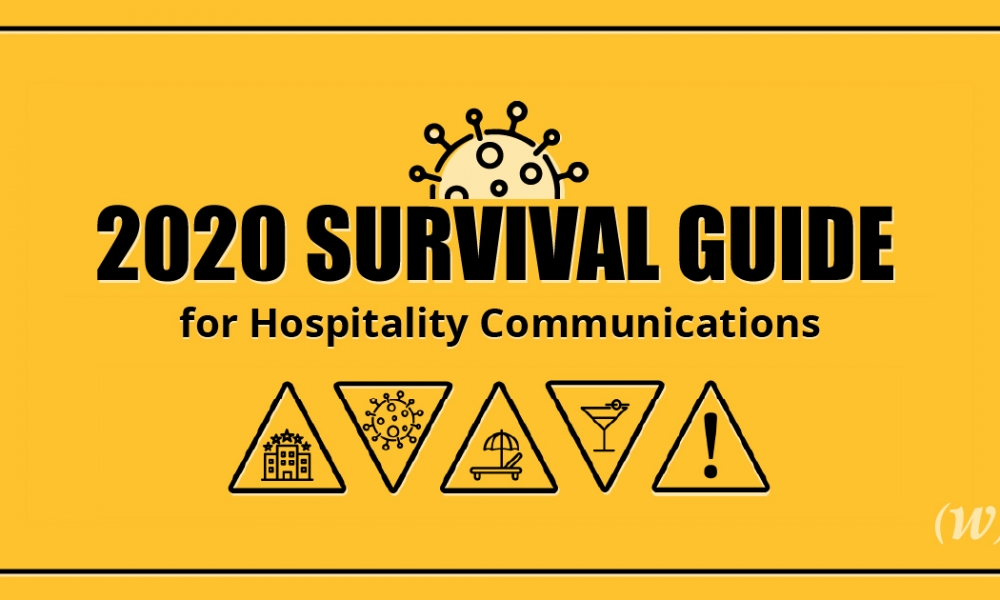



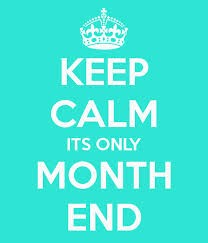

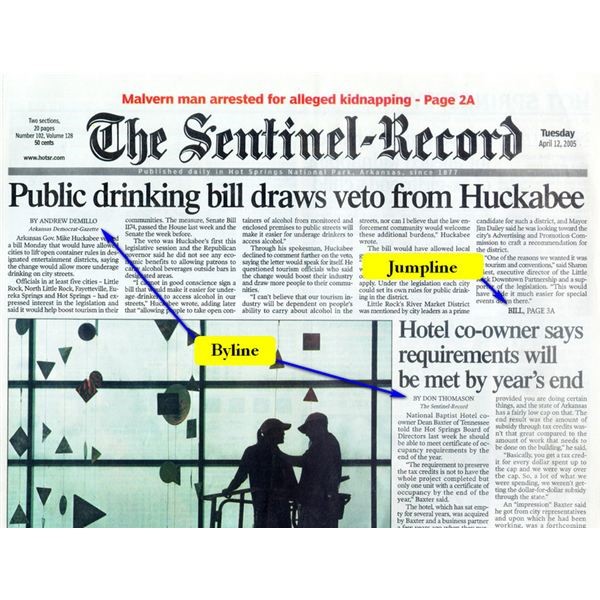



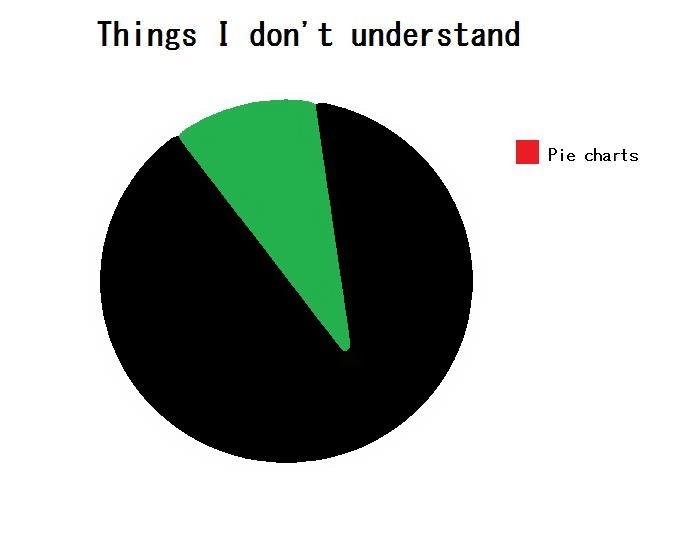



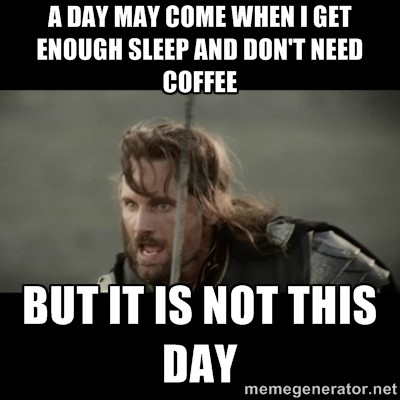



 Grant Wright
Grant Wright





 Corie Fiebiger
Corie Fiebiger
 Shae Geary
Shae Geary Roman Lukjanenko
Roman Lukjanenko Phelan Riessen
Phelan Riessen Katrina Early
Katrina Early Hamish Marshall
Hamish Marshall